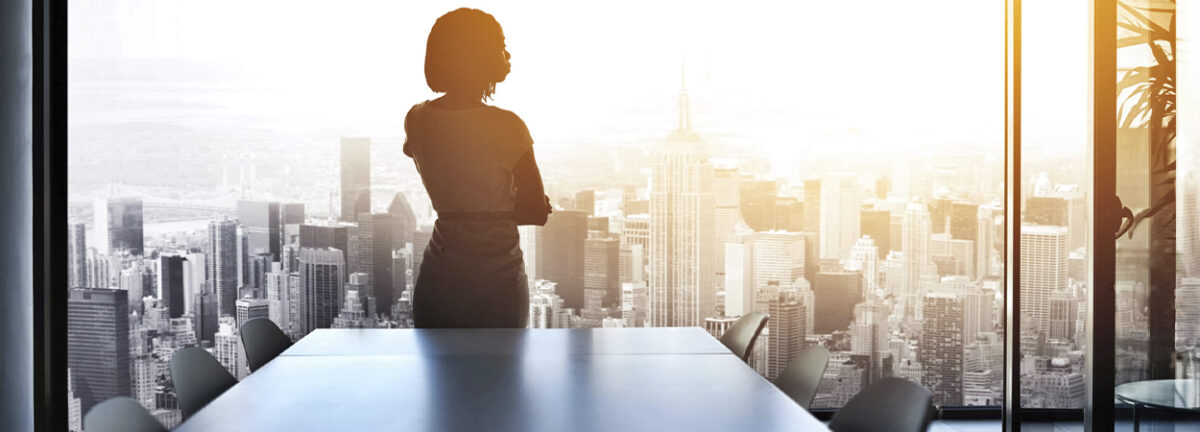10 aphorisms by Jorge Wagensberg

The Spanish physicist, Jorge Wagensberg, has stood out for his informative work as a lecturer, scientific editor and advisor to science museums, also for his aphorisms. He knows some of these.
Everlane, sustainability as a driver of innovation

Companies like Everlane are a good example of how fair trade and transparency create value relationships and consumer loyalty. Get to know this case in images.
Innovation: 4 agile methodologies

The impact of technology and the permanent change of products and services challenge companies to innovate and respond to the needs of consumers. Learn how to do it efficiently with these methodologies.
Innovation = model x speed

Today innovating is not enough, you have to do it fast. Opportunities for large companies and startups.
The time of integration

Beyond outsourcing processes, integration is about strengthening processes hand in hand with allies. Learn more below. A good example of process integration is when executives and engineers from a brand meet with engineers from their suppliers, find possibilities to improve parts, make requirements and receive proposals and, in the end, make improvements to the product… […]
Innovative communication in the age of Social Media

How to attract visitors to an art museum? The National Museum of Fine Arts of Brazil found a creative way to merge the physical experience with the virtual experience through its Hashtags of Arts campaign. At a time when transmedia strategies are becoming more relevant for organizations, the National Museum of Fine Arts of Brazil […]
Personalized experiences: new ways to understand the consumer

One of the strategic components of the relationship between client and brand is the digital experience. It is not enough that it be satisfactory. It must also be differentiating and personalized to avoid frustrations during the consumer purchasing process. More than 81% of companies expect to compete largely or entirely based on customer experience . […]
Personalized user experiences through digital strategy, how to achieve them?

The user interface, the responsiveness, the communication methods and the delivery of data in real time, are some key elements to generate satisfactory digital experiences. 86% of consumers who have a satisfactory online experience are willing to pay more to receive it, according to a study conducted by Tempkin Group. This seeks to connect the […]
Startup philosophy: How can companies implement it? Winning ideas to keep in mind.

Startups have the ability to scale their digital solutions globally more easily, due to their methodology of creating, iterating, and innovating . This is achieved thanks to the culture of the teams and the use of agile methodologies. Find out how his lessons are transforming the way other organizations do business today. According to a […]
E-learning: Yamaha success story

Knowledge management, the creation of new communities and achieving a true cultural transformation are some of the benefits that e-learning has for companies. Precisely for this reason, companies like Microsoft or Google have used it to connect collaborators at a distance and within teams. About 72% of organizations believe that e-learning is providing a competitive […]
Technology at Grupo Familia: a key factor in offering memorable experiences

Understanding the consumer and solving their needs, adding value, delivering superior products and constantly generating valuable information are some of the commitments of this business group and its brands. How do they do it? One click on Nosotras Online is a step into a universe of information that goes beyond the sale of a product […]
artiE-commerce intelligence, a solution for companies in times of crisis in digitalization and document management

Through the integration of a logistics network and technology, The Restaurant Market emerged as an innovative solution for consumers. Although e-commerce was having a good share of the market before the pandemic began and preventive distancing measures were implemented, it was during this time that there was an exponential increase in the purchase of products […]
Artificial intelligence to make better decisions

With the implementation of this technology, companies can identify risks and opportunities in their operations, be more efficient and make more accurate and strategic decisions. Artificial vision, natural language processing and machine reinforcement learning are three areas of artificial intelligence that allow generating efficiencies, cost savings and significant improvements in different business processes. Santiago Gutiérrez, […]
3D printing: time and cost optimization

Historically, 3D printing has enabled design, engineering, architecture, and manufacturing companies to transform to become more efficient and strategic. Today this development has many other applications. 3D printing, also known as additive manufacturing, is a path towards innovation and efficiency in different production and industrial processes. This technology makes it possible to create objects by […]
The cell phone, a vital tool

Artificial intelligence and medicine are saving lives. In times of pandemic, mobile applications and tools facilitate early detection of covid-19. Public institutions and technology companies are focused on protecting the health of the citizens of the world. To prevent the spread of covid-19 and provide timely assistance, they took on the challenge of developing systems […]
Conversations in times of crisis

The Covid-19 situation has led companies to respond to a call that has been echoing for some years: reinvent themselves to create flexible work environments, prioritize honest communication and align business objectives with the personal aspirations of employees. This pandemic has transformed businesses. From the spaces intended for work to the communication channels, they have […]
Study at home: education in times of crisis

The imminent arrival of COVID-19 required primary, secondary, and university educational institutions to quickly adapt and use technological platforms. How have you been? We spoke with a high school teacher and a university head. In schools David Alejandro Restrepo Giraldo , teacher at Nuestra Señora de Chiquinquirá Parish School, Medellín. From the classroom to the […]
Brands that add up in uncertain times

Imagination, reaction capacity, solid values, innovation to minimize impacts, commercial vision and long-term projection, are the qualities of the brands that have created powerful initiatives to face the COVID19 crisis. How did they do it? What are your successes? In a week life in the country changed as part of the staggered transformations in the […]
100 years and the successes of Fabricato

Pertinent alliances, acquisition of technology, adaptation to the environment and many other things have worked for Fabricato throughout its history. Their commitment to sustainability and to being a socially sustainable company, allowed them to celebrate a centenary in February 2020. Fabricato closed 2019 with a gross profit of 3,897 million, a figure that compared to […]
Spotify’s success story

Spotify, a company founded in October 2006 in Sweden and launched in Europe in 2008, demonstrates how 14 years are enough to innovate, be disruptive, work with new technologies and be simple. Spotify was created by: Daniel Ek and Martin Lorentzon, both Swedish businessmen. The application began to listen to streaming music and began to […]
CEO Habits and Disruptive Entrepreneurs

A lot of information is produced and shared around the practices of successful people. However, more than advice, it is even more relevant to know what habits managers have, those leaders who make a difference in the industry. Some advice such as discipline, the need to be informed, the importance of being a leader and […]
Nequi, financial experience at a tap
A blank post-it , a brainstorm and the desire for a bank to respond to the needs of young people, that’s how Nequi began, the 100% digital startup of Grupo Bancolombia that today is a reality. This is his story of him. In Colombia, banking access is around 28 million users, this represents 81.4%, a […]
Spin-off: the industrial revolution from academia

Companies find in universities an ally to innovate and renew their portfolios. Learn about five key aspects for the development and future of the Spin-off in Colombia. 1 From the classroom to social transformation: thanks to the spin-off, ideas from academia such as Instagram, WhatsApp, YouTube and Netflix went from being shelf projects at Stanford […]
The lessons learned after the success of Wikipedia

Jimmy Wales was one of the creators of the world’s largest online encyclopedia. He learns the lessons of this free and collaborative knowledge model that companies can apply. Wikipedia is a “giant organized by volunteers”, which integrates a long-term vision and a simple and innovative operation that challenges traditional collaborative work systems, says Jimmy Wales, […]
A record corporate strategy

Companies must define a strategy based on their unique skills, executable, measurable and focused. Get to know the formula of the great athlete Usain Bolt, replicate it in his company and go from vision and vision to the way of playing. Usain Bolt, winner of eleven world titles and eight Olympic titles, made a radical […]

